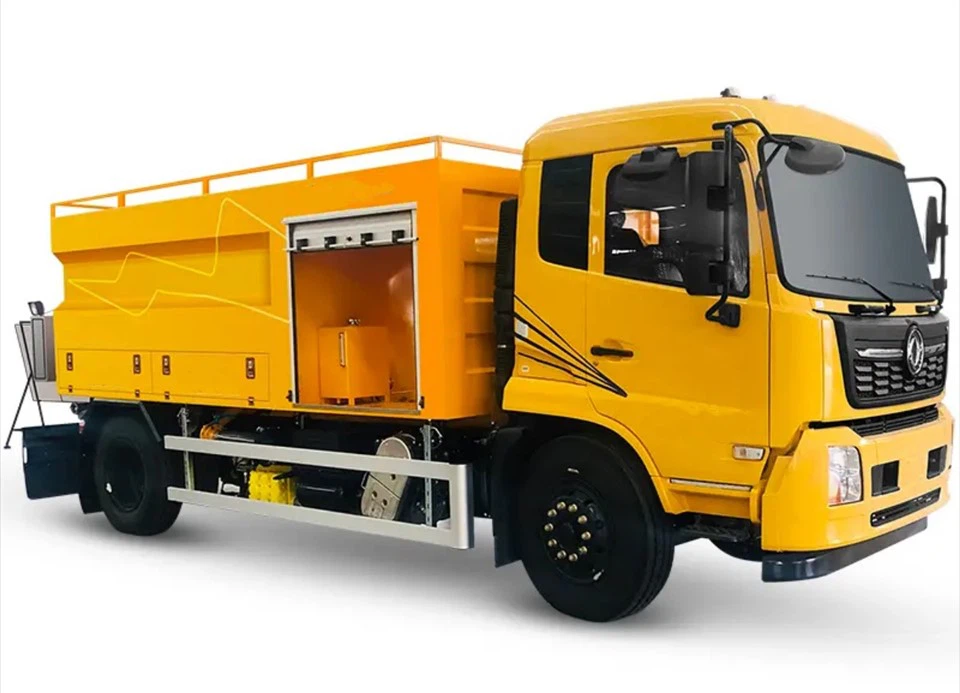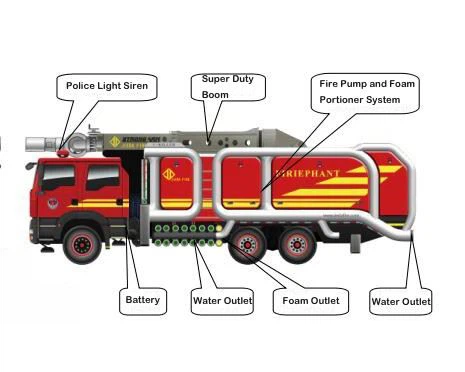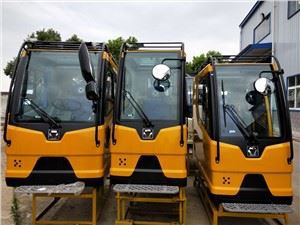Firefighter Hydraulic Rescue Tools: Essential Equipment for Saving Lives

Firefighter hydraulic rescue tools, commonly known as hydraulic rescue tools or simply “rescue tools,” are critical equipment in emergency situations, particularly during vehicle extrications and rescue missions. These powerful tools are designed to help firefighters safely and efficiently remove individuals trapped in vehicles or structures after accidents or disasters. This article explores the various aspects of hydraulic rescue tools, delving into their operation, types, benefits, and best practices for their effective use.
What Are Hydraulic Rescue Tools?
Hydraulic rescue tools use hydraulic power to exert force, allowing firefighters to cut through metal, spread apart wreckage, or lift heavy objects. They include tools like hydraulic cutters, spreaders, and rams. These tools are invaluable for first responders, allowing them to gain quick access to victims in life-threatening situations.
The Science Behind Hydraulic Tools
The operation of hydraulic rescue tools is based on the principles of hydraulics—essentially, the use of pressurized liquid to create mechanical motion. When firefighters activate these tools, hydraulic fluid is pumped through hoses to a cylinder, creating a mechanical advantage that multiplies the force applied by the firefighter.
Key Components of Hydraulic Rescue Tools
- Power Unit: The source of hydraulic pressure, either gas or electric-powered.
- Hydraulic Hoses: High-pressure hoses that connect the power unit to the tools.
- Tools: Various attachments, including cutters, spreaders, and rams, designed for specific tasks.
Types of Hydraulic Rescue Tools
Hydraulic rescue tools come in various forms, each designed for specific rescue operations. The most common types include:
1. Hydraulic Cutters
Hydraulic cutters are powerful tools designed to slice through metallic structures, such as car roofs and doors. They are essential during vehicle extrication when quick access to a victim is necessary.
Examples of Hydraulic Cutters
- Byrne hydraulic cutters
- Holmatro hydraulic cutters
2. Hydraulic Spreaders
Also known as “jaws of life,” hydraulic spreaders are used to pry apart debris or metal components to create space for rescue operations. They are particularly useful in situations where direct access to a victim is obstructed.
3. Hydraulic Rams
Hydraulic rams provide the necessary force to lift or push objects. They are essential in stabilizing buildings or vehicles and can be crucial in creating space for rescue efforts.
Applications of Hydraulic Rams

- Stabilizing overturned vehicles
- Lifting collapsed structures
4. Combination Tools
Combination tools integrate cutting and spreading functions, allowing firefighters to carry out multiple operations with a single tool. This versatility can enhance efficiency during rescue missions.
Benefits of Using Hydraulic Rescue Tools
The implementation of hydraulic rescue tools in firefighting and rescue operations offers numerous benefits:

1. Speed
Time is critical in rescue situations, and hydraulic tools allow firefighters to operate more quickly compared to manual methods.
2. Efficiency
The mechanical advantage provided by hydraulics means that less physical effort is needed from rescuers, allowing them to work longer without fatigue.
3. Effectiveness
Hydraulic tools can exert tremendous force, making them highly effective against heavy materials and structural elements.
4. Safety
Using hydraulic tools reduces the risk of injury to both victims and rescuers by allowing for safer and more controlled extrication processes.
Best Practices for Using Hydraulic Rescue Tools
To maximize the effectiveness and safety of hydraulic rescue tools, firefighters should adhere to the following best practices:
1. Training
Regular training is essential for firefighters to become proficient in using hydraulic tools. Hands-on practice and simulations can help build confidence and skill.
2. Maintenance
Regular inspection and maintenance of hydraulic equipment are crucial for ensuring proper function. Fire departments should have a routine check-up schedule.
3. Situational Awareness
Firefighters should always assess the surrounding environment before using hydraulic tools, identifying potential hazards to ensure safe operations.
4. Team Coordination
Effective communication and coordination among team members are vital during rescue operations. Each member should have defined roles to streamline the rescue process.
Practical Examples of Hydraulic Rescue Tools in Action
While the theory behind hydraulic rescue tools is crucial, real-world applications demonstrate their importance:
1. Vehicle Extrication
In a typical vehicle extrication scenario after a collision, firefighters might use hydraulic cutters to remove doors and a hydraulic spreader to push apart the vehicle’s frame. This rapid access can make a difference in saving lives.
2. Building Collapse
During a building collapse, crews can employ hydraulic rams to stabilize a structure, providing a safe environment for rescue workers and trapped victims. Hydraulic tools allow for precise lifting to free individuals without causing further harm.
3. Ice Rescue

In challenging ice rescue situations, hydraulic tools can be adapted to remove obstacles or lift heavy debris fallen on the ice, facilitating safe access to victims.
Common Challenges in Hydraulic Rescue Operations
Despite their effectiveness, hydraulic rescue tools do face challenges that firefighters must navigate:
1. Equipment Failure
One of the biggest concerns during rescue operations is the potential for hydraulic tool failure. Regular maintenance and inspection can mitigate this risk.
2. Limited Access
In some emergency situations, access to the victim may be severely limited due to wreckage or environmental conditions. In these cases, careful planning and tool selection are essential.
3. High Noise Levels
Hydraulic tools can produce significant noise, which may impede communication among rescue teams. Utilizing hand signals and ensuring clear visibility can help overcome this issue.
Future Trends in Hydraulic Rescue Tools
As technology advances, the future of hydraulic rescue tools may include:
1. Lightweight Materials
New materials can lead to lighter, more portable equipment without sacrificing strength or effectiveness.
2. Advanced Power Units
The development of more efficient power units can enhance the reliability of hydraulic tools while reducing weight and noise.
3. Smart Technology Integration
Incorporating IoT (Internet of Things) technology could provide firefighters with real-time diagnostic information about the condition of their tools, improving safety and effectiveness.
Frequently Asked Questions (FAQs)
1. What is the most common type of hydraulic rescue tool?
The most common types of hydraulic rescue tools are hydraulic cutters and spreaders, often referred to as “jaws of life.”
2. How do hydraulic rescue tools work?
Hydraulic rescue tools work by using pressurized hydraulic fluid to provide force, allowing firefighters to cut, lift, and spread materials during a rescue operation.
3. Are hydraulic rescue tools difficult to use?
While hydraulic rescue tools require training to operate effectively, they are designed for ease of use, allowing firefighters to perform complex tasks efficiently with proper practice.
4. How often should hydraulic tools be maintained?
Hydraulic rescue tools should be inspected and maintained regularly, typically every month, and after each use to ensure their reliability during emergencies.
5. Can hydraulic tools be used in different types of emergencies?
Yes, hydraulic rescue tools are versatile and can be used in various emergencies, including vehicle accidents, building collapses, and industrial disasters.
6. Is training for using hydraulic tools necessary?
Yes, training is essential for firefighters to safely and effectively use hydraulic rescue tools, understand their operation, and know how to respond in emergencies.
